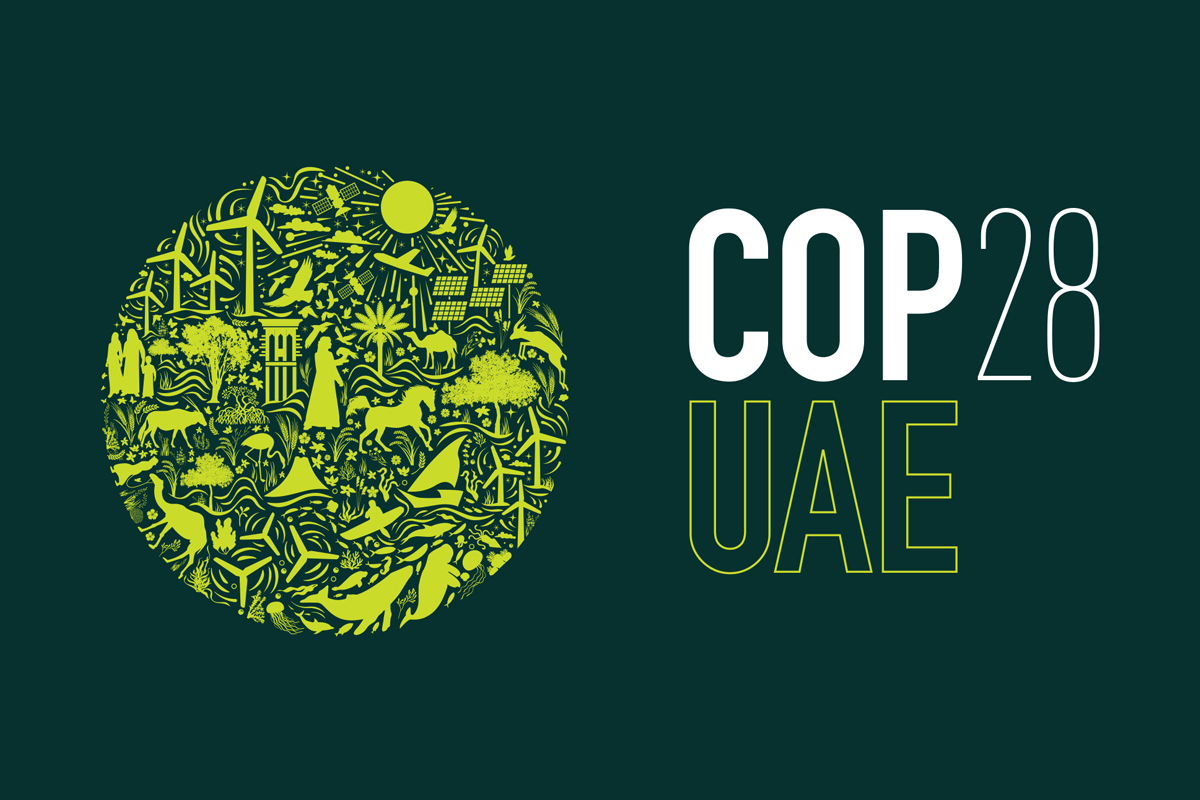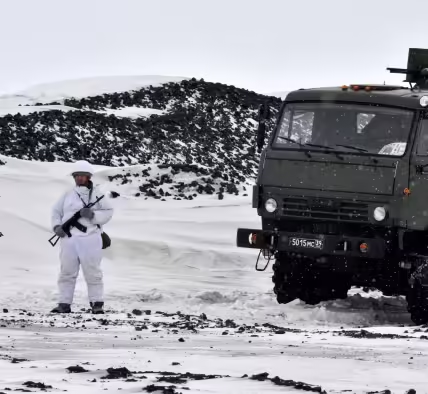Scientists have a new idea to stop the Arctic from melting. They want to modify the climate to save the snowy region from global warming.

This plan doesn’t mean putting the North Pole in a giant freezer. Instead, they are working on projects to cool the area by reflecting sunlight. Some of these projects are already in effect. The Wall Street Journal recently released a video explaining these efforts.
One experiment involves the pumping of water onto the surface so as to produce a protective ice layer over the Arctic snow. In another experiment, reflective glass beads are scattered over the snow to reflect the sun’s rays.
Such experiments are part of geoengineering. This refers to the manipulation of environmental factors in counteracting climate change.
Some scientists, climate activists, and politicians feel that current efforts to reduce climate change have not been effective enough necessitating more drastic measures like this. Last year, the Arctic experienced its warmest year on record, as reported by Futurism.
Inspired by building ice rinks for ice skating in Arctic
In a video by The Wall Street Journal, a Dutch startup named Arctic Reflections shares details of its experiment. The company pumps seawater onto specific areas of the Arctic Sea to thicken the ice during winter. The goal is to restore the Arctic ice as a heat shield.
Arctic Reflections CEO Fonger Ypma said their idea was inspired by the Dutch method of building ice rinks for ice skating marathons.
Ypma referred to IJsmeesters, or ice masters in Dutch, who flood fields to create ice rinks. Inspired by these ice rink makers, the idea is to form a protective ice layer in the Arctic. Such a layer could help preserve the Arctic ice longer until other technologies can reduce global carbon emissions.
“The ice can become regenerative again,” Ypma said.
However, the efficiency of this method remains to be seen. Even if it works, it is essentially a temporary fix while the world seeks broader environmental solutions.
Easy to transport with fewer pump installations
The company is developing a new concept that utilizes specific locations around the Arctic Ocean to generate ice. This ice is then transported into the Arctic waters through existing ocean currents.
Through this more efficient ice distribution process and with the use of larger pumps, it is believed that the number of pump installations needed to prevent the melting of 100,000 square kilometers of ice in the summer could be reduced to approximately 100 to 1,000 square kilometers.
This contrasts with the millions of installations suggested by S.J. Desch in his seminal work, “Arctic Ice Management” (2016).
The reduction in Arctic sea ice volume due to global warming has already reached 75 percent over the past four decades. Even in the most optimistic scenarios for reducing carbon emissions, it is projected that the Arctic Ocean will likely have ice-free summers as early as the 2030s, as reported by Arctic Reflections.



